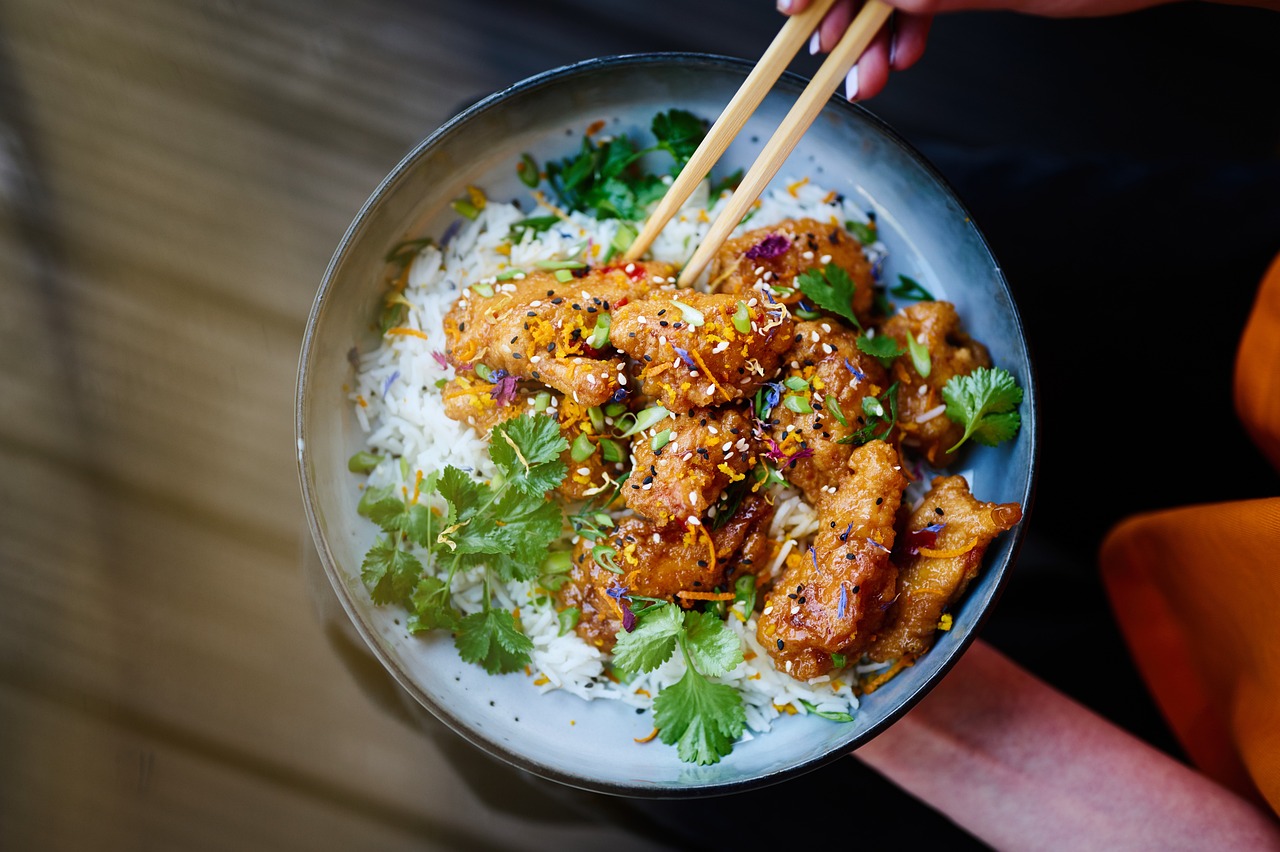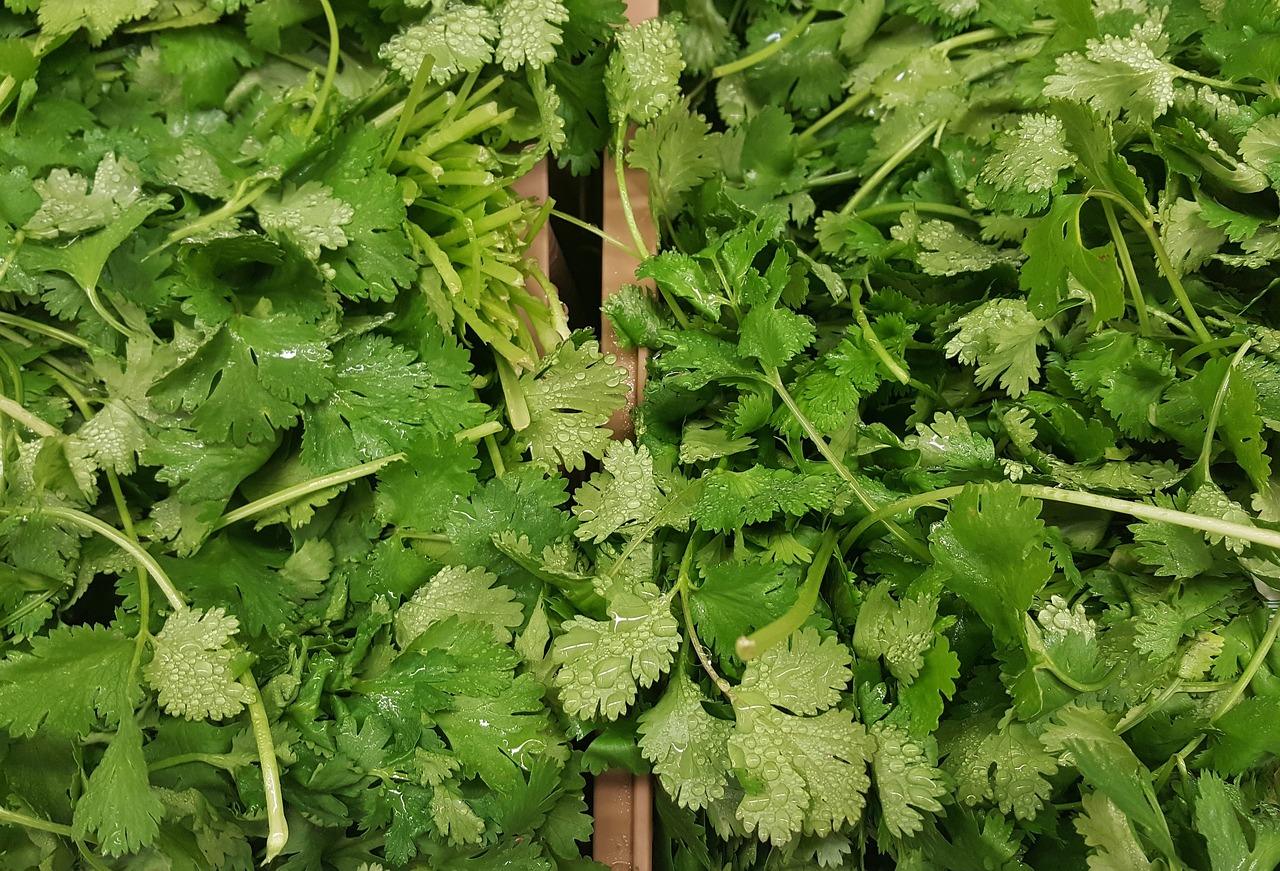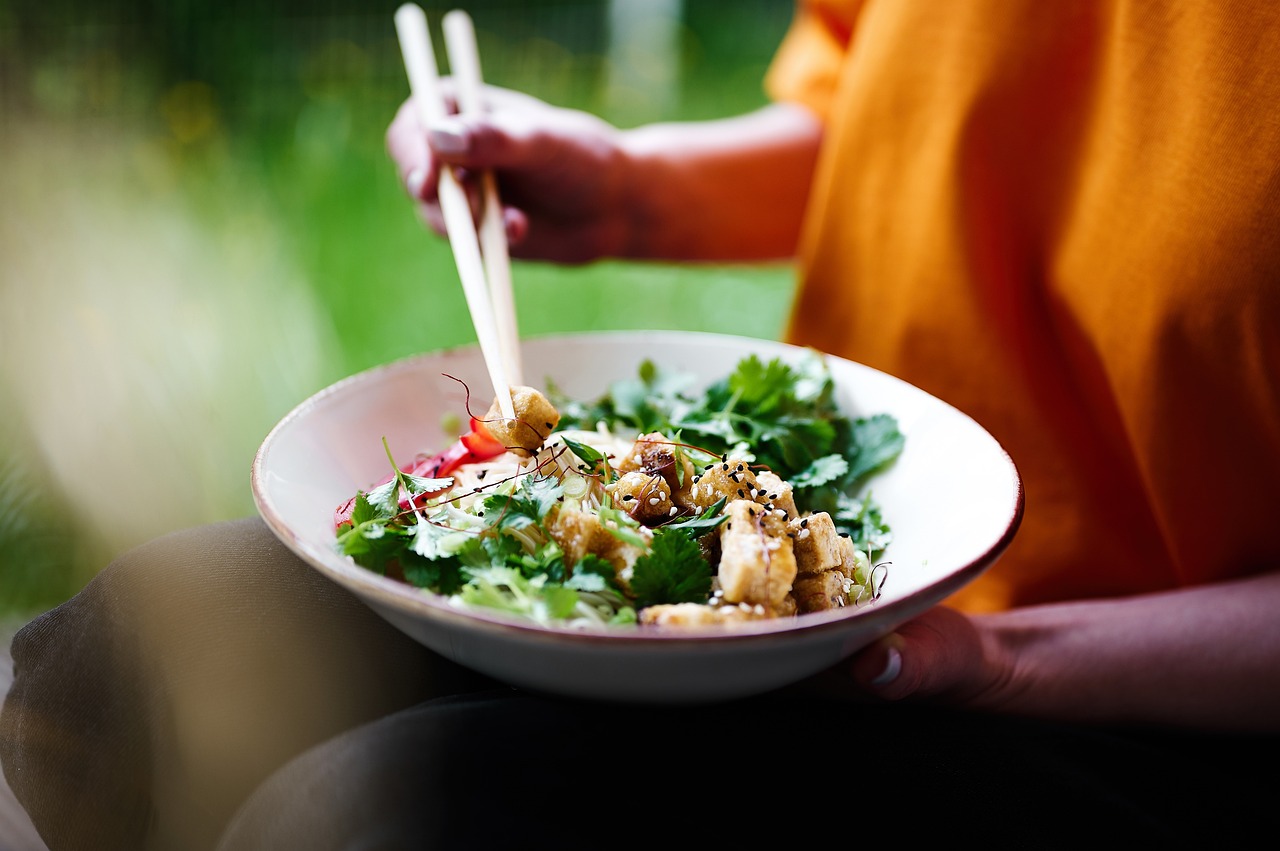Fresh coriander is a versatile and universally loved little herb featured in Thai, Vietnamese, Indian, and Latin American cooking. It's fresh, aromatic, and citrusy flavour can elevate any dish, making it a kitchen staple.
However, growing coriander plants can be challenging, as it tends to “bolt to seed” if conditions aren’t perfect. But don’t let its finicky nature deter you—coriander belongs in every raised herb garden. Once you discover its likes and dislikes, you'll be able to enjoy its vibrant foliage all year round.
Growing coriander is also beneficial for your little green thumbs. It teaches children patience and resilience and gives them a sense of pride when they see their fresh leaves atop their dinner.
Here’s how to grow coriander from seeds at home, as well as some valuable bonus info!

Packed with essential vitamins and minerals like vitamins A, C, and K, folate, potassium, and manganese, these delicious herbs supports overall health and well-being. Its antioxidant properties, including quercetin and vitamin C, help protect the body from oxidative stress and reduce inflammation, promoting healthy aging and preventing chronic diseases.
In addition to its nutrient content, coriander aids digestion by stimulating digestive enzymes and alleviating issues like bloating and indigestion. It also has antimicrobial properties that help fight infections and boost the immune system.
Coriander supports heart health by lowering bad cholesterol (LDL) and increasing good cholesterol (HDL). Its anti-inflammatory benefits can help reduce inflammation in the body, which is helpful for conditions like arthritis. Plus, the vitamin K in coriander is essential for bone health, supporting bone protein formation and calcium absorption.
Incorporating coriander into your diet is an easy way to enhance the flavour of your meals while reaping these health benefits!

Growing coriander from seeds is a rewarding process that allows you to have fresh, aromatic leaves straight from your garden. Whether you're a seasoned gardener or just starting out, cultivating coriander at home will provide a continuous supply of this versatile herb, enhancing your culinary creations with its distinct flavour.
When is the best time to plan coriander seeds?
The best time to plant coriander seeds is in the autumn or winter when the temperatures are cooler. Coriander prefers temperatures between 15-25°C.
How do I prepare the soil for planting coriander seeds?
Coriander thrives in well-draining soil with a pH between 6.2 and 6.8. Mix in compost or organic matter to enrich the soil and ensure it remains loose and fertile.
How much sunlight does coriander need?
Coriander requires full sun to partial shade. It thrives best with at least 4-6 hours of direct sunlight daily.
How do I prevent coriander bolting?
To prevent bolting, plant coriander in cooler temperatures, provide consistent moisture, and harvest the leaves regularly. Mulching around the plants can also help keep the soil cool.
When can I start harvesting coriander leaves?
You can start harvesting coriander leaves when the plants are about 4-6 inches tall, typically 3-4 weeks after planting. Regularly harvesting the leaves will encourage more growth.
Can I grow coriander indoors?
Yes, you can grow coriander indoors as long as it gets plenty of sunlight — ideally 4–5 hours a day. Place it near a sunny window and keep the soil moist but well-drained. Alternatively, you can use grow lights if natural sunlight is limited. Use a full-spectrum LED grow light and keep it on for 10–12 hours a day to mimic daylight conditions.
Can I grow coriander alongside other plants?
Coriander grows well alongside many plants and can even help repel pests. It pairs nicely with herbs like basil and mint, or vegetables like tomatoes and spinach. Just avoid planting it near fennel, as the two can inhibit each other’s growth.
Do I need to keep track of soil moisture?
It's essential to keep track of soil moisture when growing coriander. You want to keep the soil moist but not waterlogged—too much water can lead to root rot, while dry soil can cause the plant to bolt early. A moisture meter or finger test can help you find the right balance.

This Thai chicken salad is a simple, yummy dish filled with nutritional goodness that even little fusspots will love! It's a delightful combination of tender chicken, fresh vegetables, and tasty leaves, all tossed in a tangy, zesty dressing. Here’s a brief recipe for all those who love coriander!